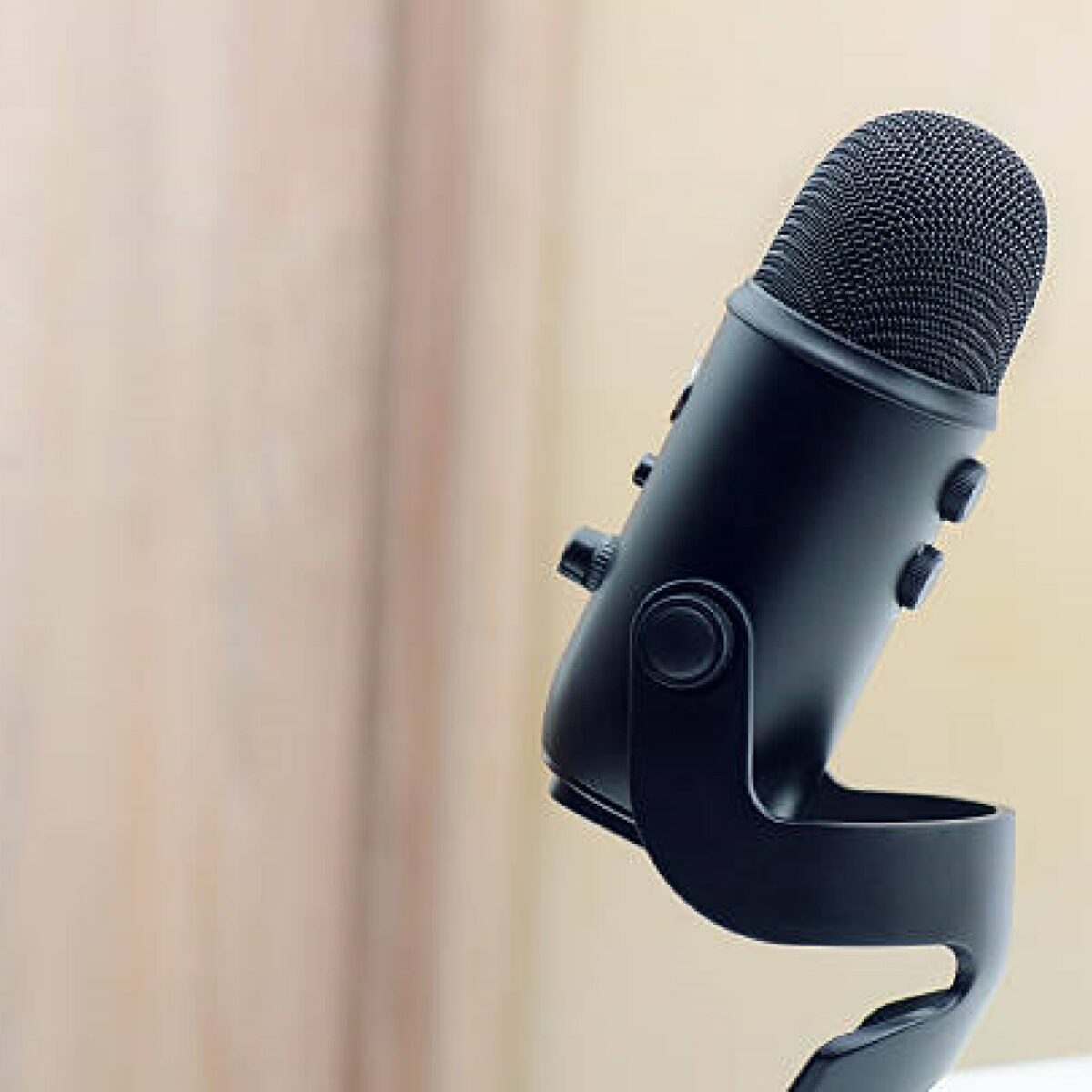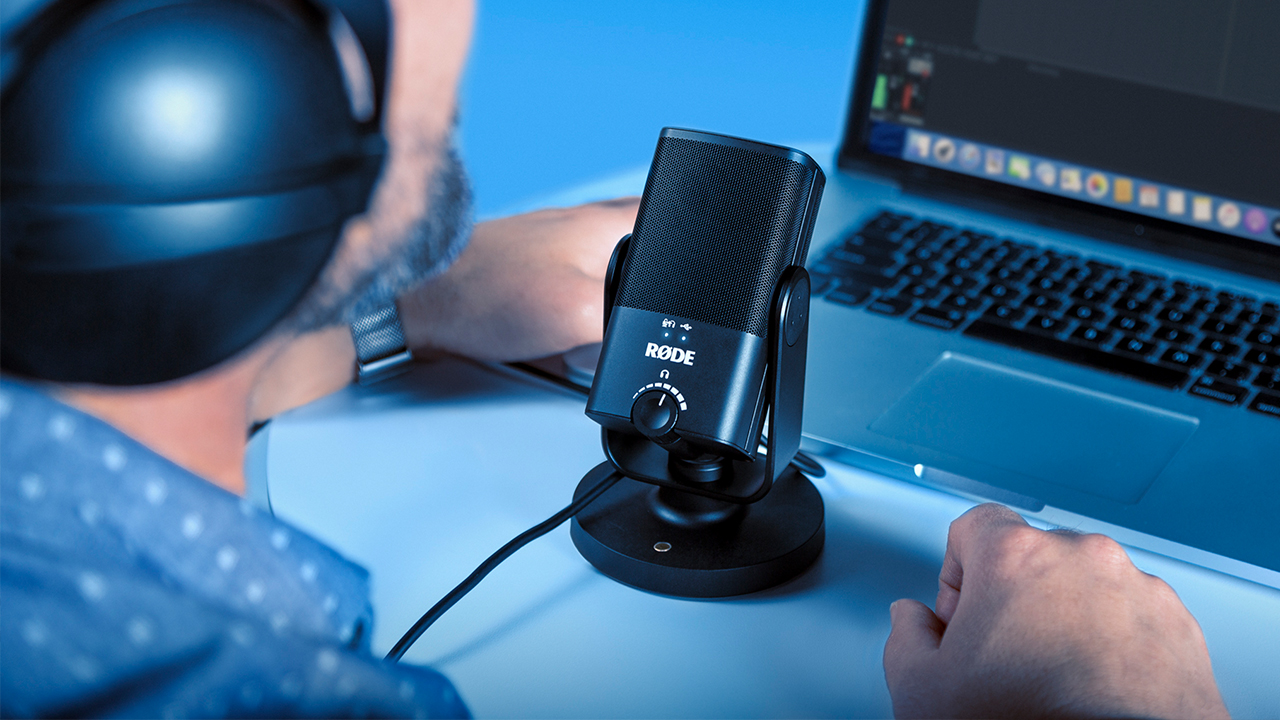
Increasing the distance increases the delay.

In our example, we would take the distance (one meter) and divide it by the speed of sound (343 m/s) to get the latency between the speaker and the listener, about 3 milliseconds (ms) or three-one-thousandths of a second. This means that if you are standing one meter away from someone you are speaking to, there is a small delay between when you say something, and the listener hears it. (You don't have to know this, so we'll use meters as it illustrates the point either way). The speed of sound is 343 meters per second. To understand why we'll need to look at a little math: Latency is everywhere, even in live situations between a speaker and a listener in the same space. In audio, latency refers to the delay between when a signal is sent and the audio is heard in the monitors. Let's look at the causes of latency, which causes we can control and which causes we cannot. But when latency affects performance or reliability in our online recordings, it can be frustrating and even prohibitive, especially as latency can change in an online setting. If you've ever lost a shootout because of lag in an online game, or if you've ever stood at the edge of a cliff and shouted to hear your own echo, you've experienced the phenomenon of latency.




 0 kommentar(er)
0 kommentar(er)
